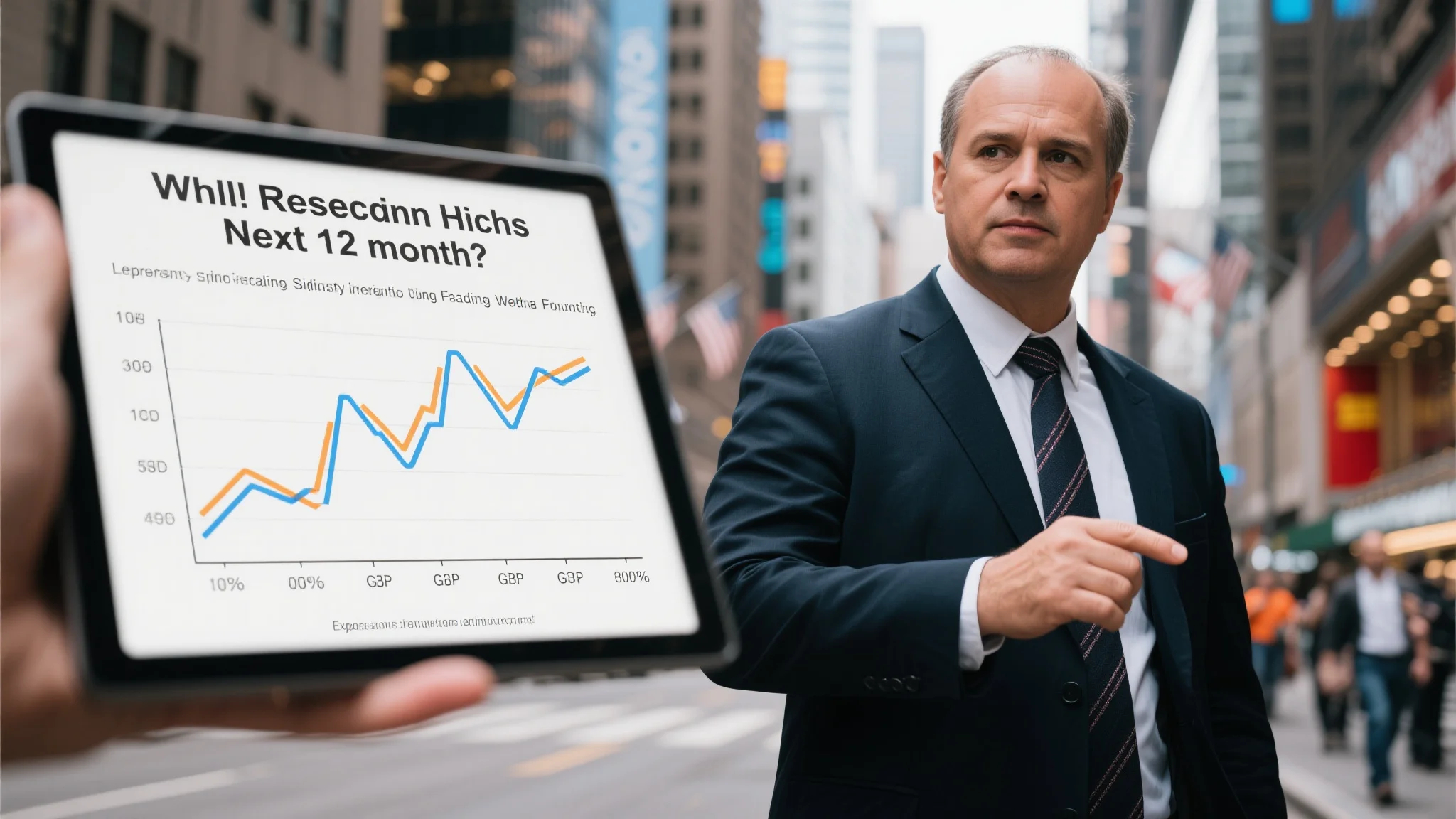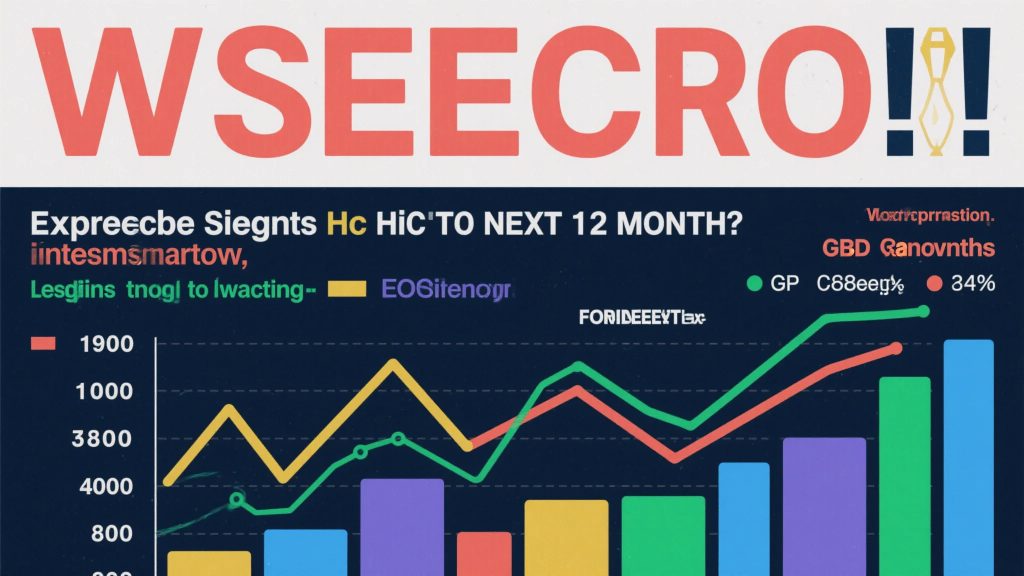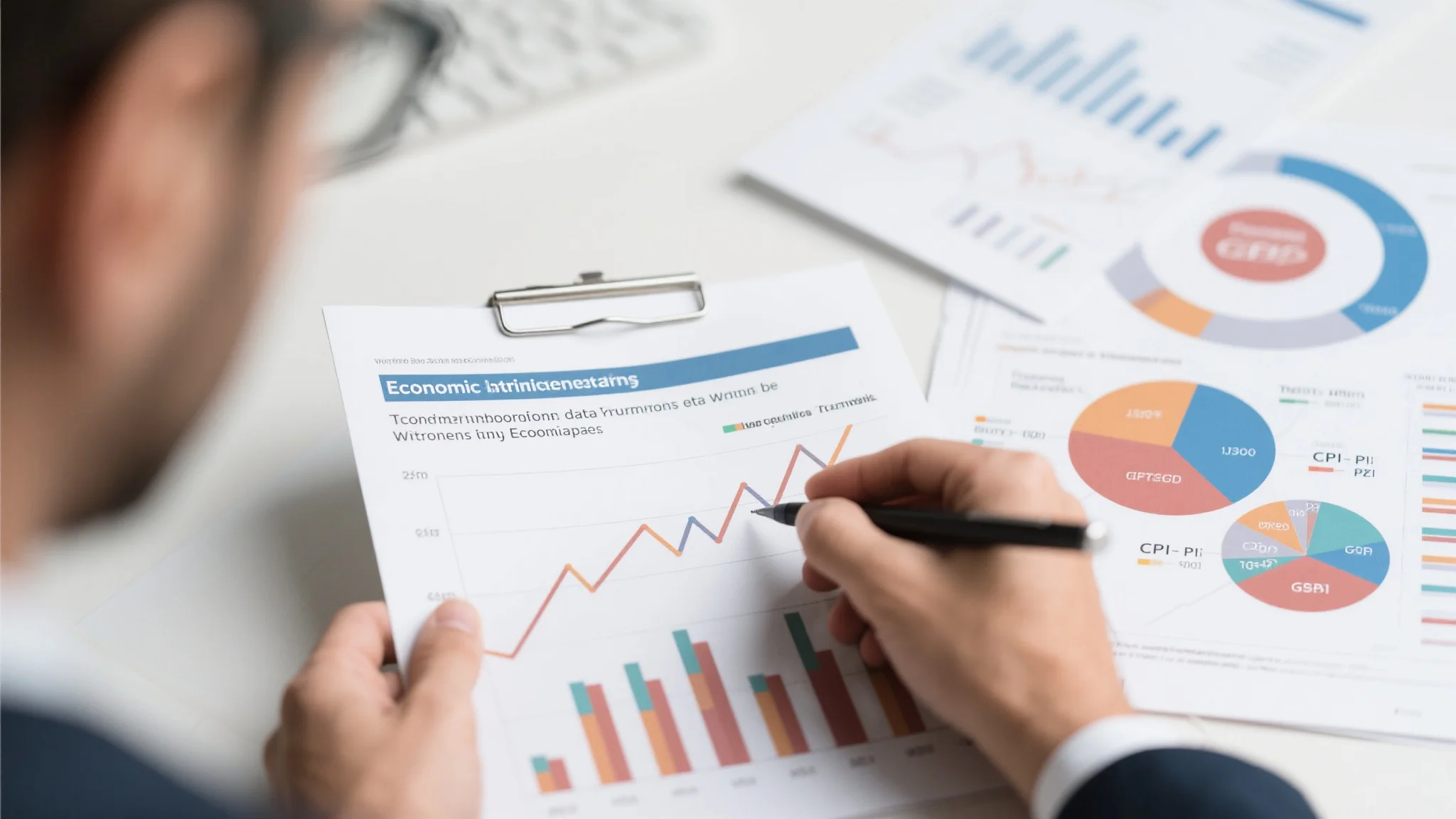
Will a Recession Hit in the Next 12 Months? Expert Signals to Watch
Assessing Recession Probability Indicators
The current recession probability models show conflicting signals that investors must carefully interpret. Economists analyze multiple data points including yield curve inversions, unemployment claims, and manufacturing activity to gauge economic health. The most reliable models combine these quantitative measures with qualitative assessments of economic resilience.
When evaluating recession probability, it’s crucial to understand that no single indicator provides perfect forecasting ability. The most successful analysts create weighted composite indexes that account for various economic sectors. These models typically show increasing accuracy as more indicators align in their signals.
Economic Slowdown Forecast Methodologies
Professional economic slowdown forecast approaches vary significantly between institutions. Some focus on monetary policy impacts while others emphasize structural economic weaknesses. The divergence between these methodologies explains why recession predictions often differ among respected analysts.
Implementing strategies based on economic slowdown forecast requires understanding the underlying assumptions of each model. Many investors maintain parallel analyses using different forecasting approaches to identify consensus signals. This diversified analytical framework helps avoid overreliance on any single prediction method.
Leading Economic Indicators to Monitor
Certain leading economic indicators have proven particularly valuable for anticipating business cycle turns. The Conference Board’s Leading Economic Index combines ten components including average weekly manufacturing hours and building permits. Financial market indicators like stock prices and credit spreads also provide valuable early warnings.
When tracking leading economic indicators, focus on the rate of change rather than absolute levels. The most effective monitoring systems establish baseline trends and alert thresholds for each component. Many institutional investors use automated systems to flag significant deviations from historical patterns.
Consumer Confidence Index Significance
The consumer confidence index serves as a crucial gauge of economic health because consumer spending drives approximately 70% of U.S. economic activity. Sharp declines in confidence often precede reductions in discretionary spending, which can create self-reinforcing economic slowdowns.
Analyzing the consumer confidence index requires understanding its components including present situation assessments and future expectations. The expectations component tends to be more predictive of actual economic performance. Many economists pay particular attention when expectations fall below present situation evaluations.

GDP Growth Rate Analysis
Quarterly GDP growth rate reports provide the most comprehensive picture of economic performance, but their lagging nature limits predictive value. Analysts focus on underlying components like business investment and inventory changes that may signal future trends. Revisions to preliminary estimates often contain important information.
When interpreting GDP growth rate data, consider both the headline number and the composition of growth. Services-heavy growth tends to be more sustainable than goods-based expansions. Many economists now track alternative measures like Gross Output that capture more economic activity than traditional GDP calculations.
Building Comprehensive Economic Analysis
The most successful analysts combine recession probability models with economic slowdown forecast methodologies. They monitor leading economic indicators while tracking the consumer confidence index and GDP growth rate trends. This multi-dimensional approach provides the clearest picture of economic health.
Regular updates to this analytical framework ensure investors can adjust their strategies as new information emerges. The most valuable insights often come from observing interactions between different indicators rather than focusing on any single metric.
Implementing Defensive Investment Strategies
Proper preparation for potential economic downturns requires coordination between portfolio managers, risk analysts, and economic researchers. Asset allocations must be stress-tested against various recession scenarios while maintaining growth potential. Beginning the process early allows for smoother transitions as warning signs accumulate.
By understanding these economic indicators, investors can navigate uncertain markets with greater confidence. The combination of disciplined analysis and flexible execution creates opportunities even during challenging economic periods.


